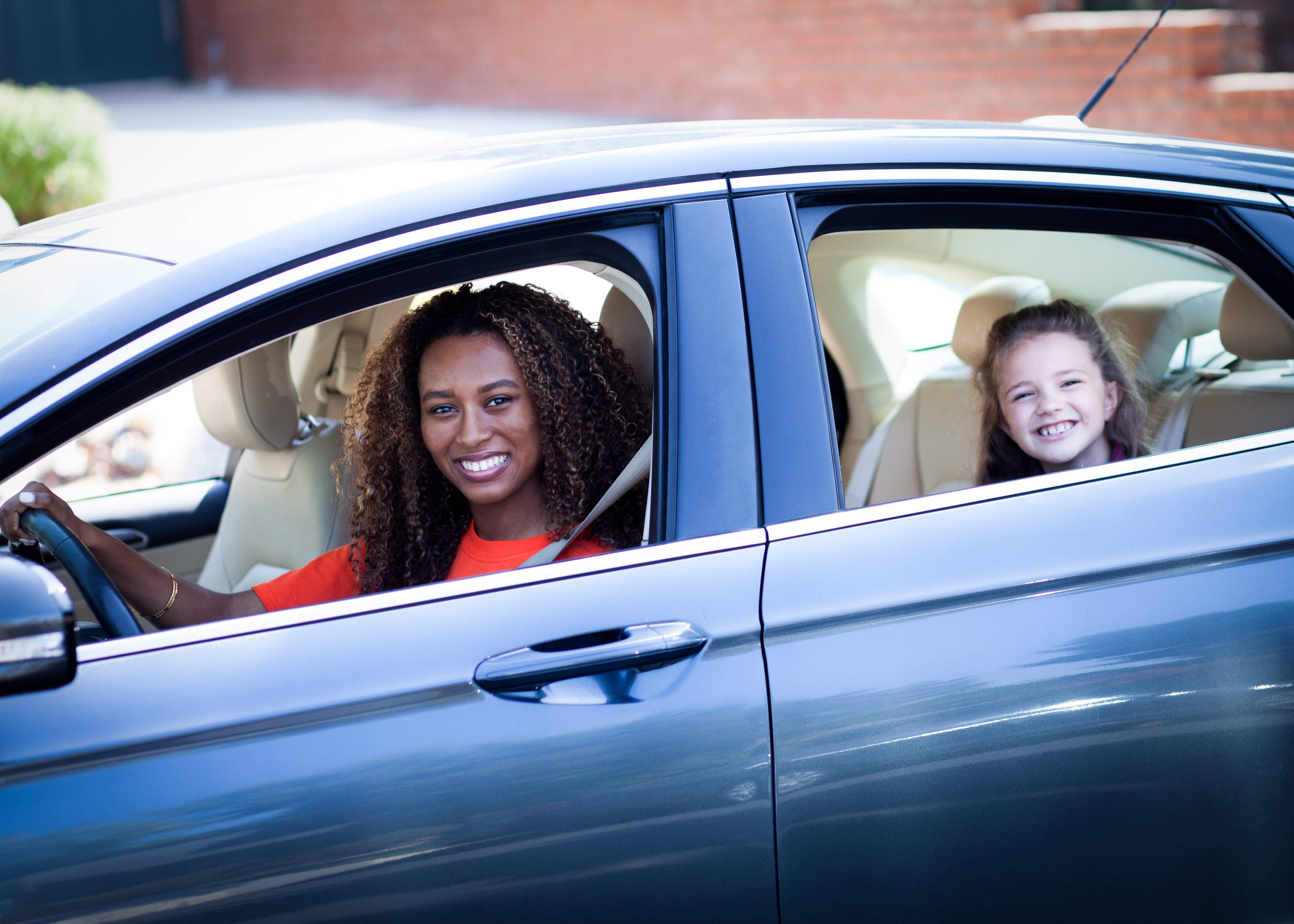The dangers of distracted driving: Staying safe on the road
Written by Karen Sampson
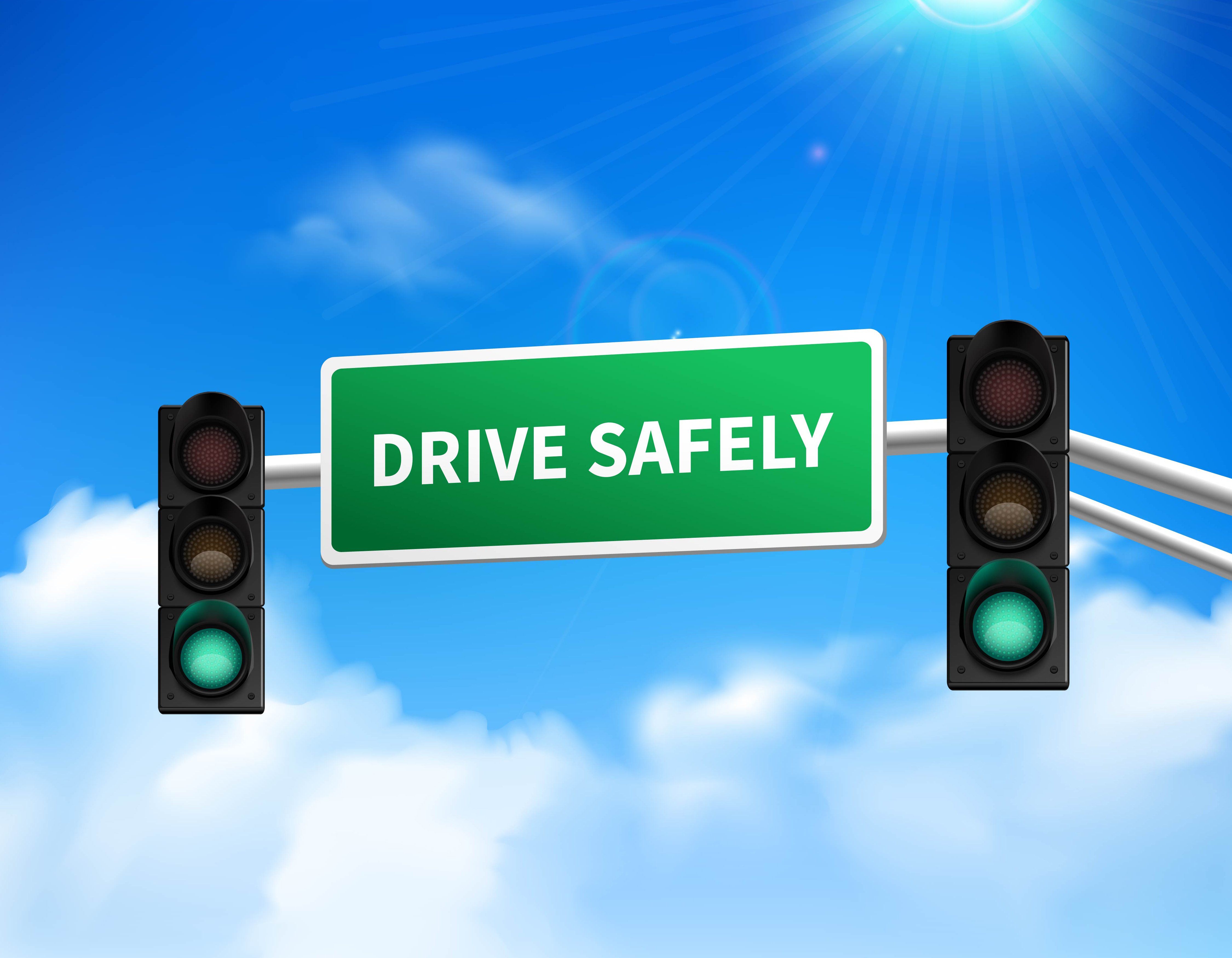
In recognition of Distracted Driving Awareness Month in April, we’re exploring the dangers of distracted driving and reviewing statistics related to its impact. We’ll also talk about what HopSkipDrive does to support safe driving habits for CareDrivers, and share related data from our most recent Safety Report. Finally, we’ll offer up some safe driving tips that can help to combat the prevalence and negative consequences of distracted driving.
Distracted driving is one the leading causes of traffic accidents in the United States. According to the Centers for Disease Control and Prevention (CDC), nine people are killed in the U.S. every day in accidents involving a distracted driver — and more than 3,100 people lost their lives to a distracted driver in 2020.
Anything you do while driving a vehicle automatically divides your attention, resulting in distracted driving. When you aren’t fully focused on the road in front of you, it can (and often does) lead to unsafe driving behaviors such as swerving, speeding, hard braking, missing stop signs or traffic lights, and accidents.
Studies have shown that “attention blindness” — an interruption in the signal from the optic nerve to the brain — can occur when a driver is focused on something other than driving. The result is that the driver’s brain can actually fail to “see” what’s on the road ahead.
In fact, The National Highway Traffic Safety Administration (NHTSA) reports that driving while distracted at a speed of 55 miles an hour for five seconds is the equivalent of driving the length of a football field with your eyes closed.
Distracted driving causes
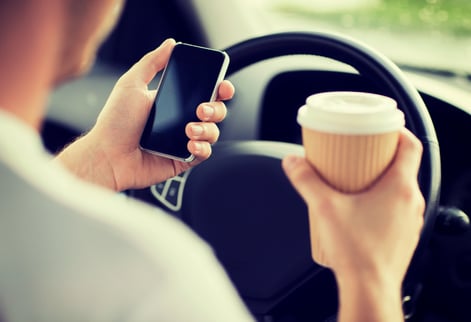 It’s important for drivers to be aware of the many different types of distractions that can lead to dangerous driving behaviors and car accidents — and to take steps to minimize them.
It’s important for drivers to be aware of the many different types of distractions that can lead to dangerous driving behaviors and car accidents — and to take steps to minimize them.
Some common distractions people engage in while driving include:
Cell phone use: Texting, talking and other device use while driving are well-known causes of accidents. Using a cell phone while driving has been shown to increase the risk of a crash by three to four times, according to the NHTSA. Texting while driving, in particular, is a problem that unfortunately persists despite widespread awareness about it. Trying to text and drive at the same time is particularly precarious, as it involves three types of distraction: visual, manual and cognitive.
Eating or drinking: This is another risky behavior drivers engage in that diverts attention away from the road. Data from the National Institutes of Health show that drivers who eat or drink while driving are three times more likely to be involved in a crash.
Conversations with passengers: Just having a passenger in a car while you’re driving increases the risk of a crash. Talking to passengers while driving — especially if the conversation is emotional or requires significant attention — can easily cause a driver to take their eyes off the road.
Grooming: Applying makeup, brushing hair or adjusting clothing while driving inevitably means that the driver is putting a significant amount of focus on themselves rather than where it should be: on the road in front of them.
Daydreaming or being lost in thought: Distractions can sometimes be internal rather than external. It’s not uncommon, especially on long trips, for drivers to let their mind wander while operating a vehicle. Drivers who are daydreaming or preoccupied with personal issues are more likely to miss visual cues and make errors.
Distracted driving statistics
The CDC reports that approximately 1,000 people are injured in crashes involving a distracted driver each day in the United States. According to the NHTSA, 9% of fatal crashes in 2019 involved a distracted driver — and 57% of those fatalities were caused by drivers who were using a mobile device.
Distracted driving is a problem across all age groups. The NHTSA reports that drivers under the age of 20 have the highest proportion of fatal crashes caused by distracted driving. Older drivers, on the other hand, may be more susceptible to distractions related to age-related changes in vision, hearing and cognitive function.
According to the NHTSA, male drivers are more likely to be involved in a fatal crash caused by distracted driving than female drivers. The difference in distraction-related crash rates between male and female drivers, however, is relatively small compared to the difference between age groups.
Distracted driving: What’s being done
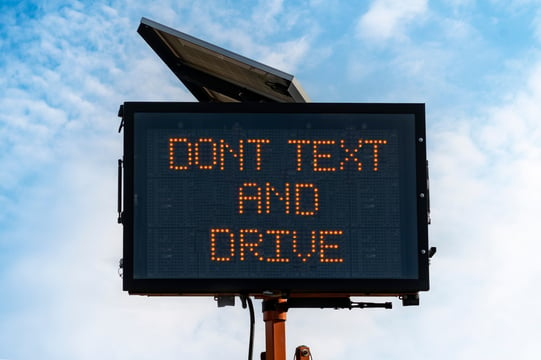 There are many efforts underway to address the issue of distracted driving and reduce the number of accidents caused by it. Here are some examples:
There are many efforts underway to address the issue of distracted driving and reduce the number of accidents caused by it. Here are some examples:
Public education: Governments, advocacy groups and other organizations are working to educate the public about the dangers of distracted driving and promote safe driving habits. Distracted driving campaigns and messaging are shared with the public in a variety of ways, including signage and billboards, TV and radio ads, social media, and community outreach.
Policy and legislation: Many states have enacted laws that prohibit or restrict the use of mobile devices while driving, or that increase penalties for distracted driving behaviors. For example, some states have enacted “hands-free” laws that require drivers to use hands-free devices for cell phone calls, while others have banned texting while driving.
New technology: Car manufacturers and tech companies are developing innovative new technologies to help prevent distracted driving. Many cars, for example, now come equipped with features like lane departure warnings, automatic emergency braking and adaptive cruise control, all of which can help drivers stay focused on the road.
Law enforcement: State and local law enforcement agencies are cracking down on distracted driving by increasing enforcement of distracted driving laws and using new technologies to detect and deter distracted driving behaviors. Some police departments, for example, are using specialized cameras to pinpoint drivers who are texting or using their phones while driving.
How HopSkipDrive supports safe driving
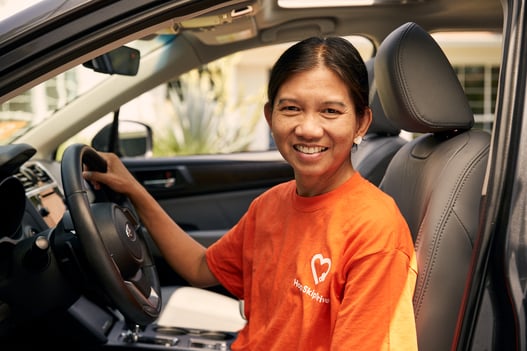 At HopSkipDrive, we have a zero-tolerance policy for illegal device usage while driving, and we monitor the device usage of CareDrivers on our platform through our CareDriver app.
At HopSkipDrive, we have a zero-tolerance policy for illegal device usage while driving, and we monitor the device usage of CareDrivers on our platform through our CareDriver app.
We also use mobile telematics to collect CareDriver data related to risky behaviors that predict collisions, such as speeding, rapid braking, rapid acceleration and hard cornering. This data informs our CareDriver success cards, which are basically safety report cards sent to all CareDrivers weekly that compares their driving behavior statistics to national and regional benchmarks. We also provide resources on safe driving behaviors to promote iterative improvement.
We have found that the mere act of making a driver aware of their own phone usage yields powerful results in terms of adjusting behavior and enhancing safety. According to data we collected throughout 2021, an overwhelming majority of rides scheduled through the HopSkipDrive platform — 99.699% — ended without a safety-related issue of any kind. In addition, 100% of all rides ended without a critical safety incident.
Our safe driving processes at HopSkipDrive are also reflected in CareDriver driving scores, which indicate that CareDrivers are some of the safest drivers on the road. The CareDriver safe driving score was 87 out of 100 in 2021, compared with an average driver score nationally of 79 in 2018.
You can learn more about our safety standards and get a transparent look at all of our safety metrics by reading our most recent Safety Report.
Safe driving tips to combat distracted driving
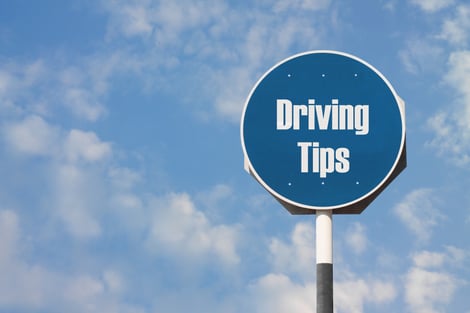 Safe driving practices will always require basic mindfulness while driving: creating the conscious conditions, awareness, focus and space to anticipate risks, and then defending the time and space you need to react to them. Mindful driving can be especially useful when encountering aggressive and incompetent drivers on the road.
Safe driving practices will always require basic mindfulness while driving: creating the conscious conditions, awareness, focus and space to anticipate risks, and then defending the time and space you need to react to them. Mindful driving can be especially useful when encountering aggressive and incompetent drivers on the road.
A commitment to driving safely is a choice. You can do your part by following the safe driving tips below, which will help to protect the safety and well-being of both you and your passengers.
Keep your phone out of your hands. The easiest way to avoid distracted driving is to put your phone out of reach while you’re behind the wheel. You can also turn on the “Do Not Disturb” mode to avoid getting notifications or calls while you’re driving.
Plan ahead. Make sure to plan your route before you start driving. This will minimize the need to use your phone or adjust your GPS while driving.
Avoid multitasking. Driving requires your full attention at all times, so you should always avoid trying to do other things while you’re operating a vehicle.
Use hands-free technology (when necessary). If you do need to use technology while you’re driving, use a hands-free device and voice commands to make a call or send a text. Never do so manually while you are in control of a moving vehicle.
Practice defensive driving. Be aware of potential hazards on the road around you, and be prepared to react.
Take breaks. Long drives can be tiring, and fatigue can lead to distraction. Pull over and take regular breaks to stretch your legs, get some fresh air and refocus your attention. It’s also wise to save eating and drinking until you’ve pulled off the road.
Remember, distracted driving is dangerous and can have serious consequences. Making a concerted effort to keep your eyes on the road, your hands on the wheel and your mind focused on the safe operation of your vehicle at all times can help to ensure the safety of yourself, your passengers and everyone else who is traveling on the road.



